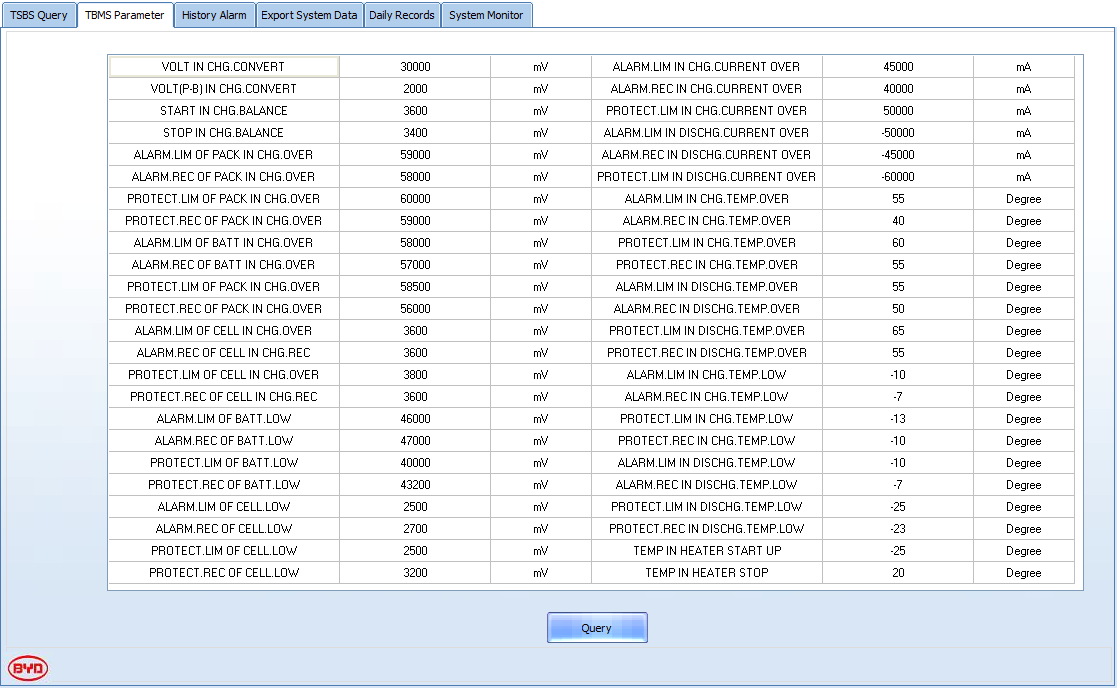Hi! Here's my doubt about the BYD BMU...
I'd like to use 1 or 2 B-Plus modules of my BYD B-Box Pro 7.5 system in another application, but I only have 1 BMU (the one that comes with the case). Is the use of a BMU mandatory, even if only 1 B-Pus module is used?
Can it be replaced by a shunt (ex. BMV 700 + shunt) or another BMS technology, like the VE.Bus BMS?
Thanks in advance!

